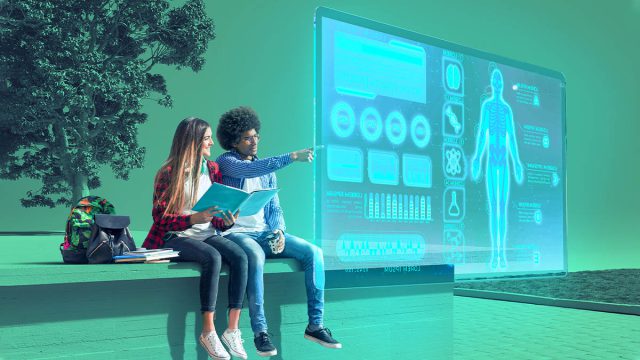In an era dominated by technological advancements, screens have become an integral part of our daily lives. From work to entertainment, the reliance on mobile devices and computers is undeniable. However, recent studies in health science shed light on the potential hazards of excessive screen time, urging individuals to adopt healthier digital habits.
One of the primary concerns highlighted by health experts is the impact of prolonged screen exposure on vision. The prevalence of myopia (nearsightedness) has been linked to extended use of color screens, emitting higher-energy blue light. This has prompted the recognition of “digital eye strain,” a term encompassing a spectrum of issues such as pain, redness, itching, blurry vision, sensitivity to light, and headaches.
Research indicates that children, spending more than 5 hours daily on screens, exhibit a 50% higher incidence of digital eye strain, with 10% experiencing eye itching and headaches. Individuals prone to light sensitivity, such as those recovering from concussions, are advised to minimize screen time due to the hyperactivity induced by blue light, a common trigger for migraines and other neurological symptoms.
Beyond ocular concerns, excessive screen time has been associated with physical discomfort, including neck and shoulder pain, back pain, and even obesity. Studies suggest a correlation between prolonged screen exposure and mental health issues, such as depression, anxiety, and irritability, contributing to emotional instability.
Smartphone users are cautioned about the emergence of “smartphone thumb,” a repetitive motion tendonitis that can lead to pain and potential arthritis. Furthermore, the disruption of melatonin release caused by screen exposure, particularly before bedtime, has been linked to hormonal imbalance and brain inflammation. To address these concerns and promote healthier screen habits, experts recommend:
- Avoid arbitrary screen time limitations: Instead, focus on creating a balance that aligns with individual needs and responsibilities.
- Consider environmental factors: Enhance ambient lighting, maintain proper body posture, and limit screen use before bedtime to support overall well-being.
- Take regular breaks: Prioritize eye and movement breaks during prolonged screen sessions to reduce the risk of strain and discomfort.
- Listen to your body: Limit screen time if it causes pain or symptoms, acknowledging the importance of overall health.
- Extra precautions for photophobia: Individuals with light sensitivity can explore protective measures like blue light glasses, screen filters, and specialized apps.
In conclusion, while screens are integral to modern life, it is imperative to approach their usage mindfully. By adopting healthier habits and incorporating precautions, individuals can navigate the digital age without compromising their well-being.










